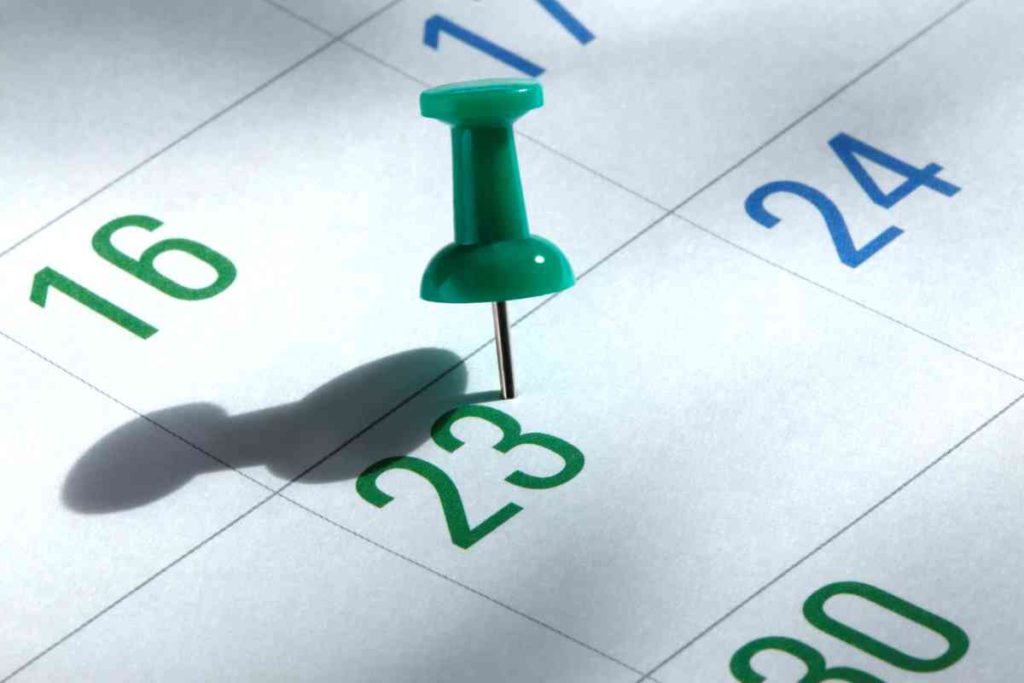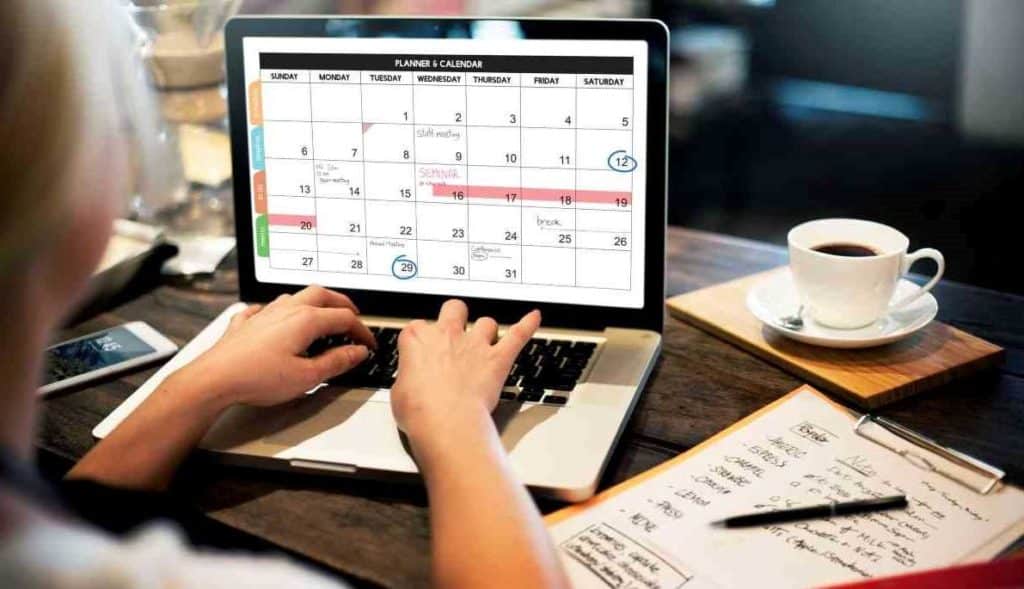Congratulations!!! If you’re reading this and just recently got accepted into PT school, then I hope you’re pumped, because you’ve achieved something that not everyone can. That AND you’re stepping forward into the best profession in the world (ok, so I’m a bit biased, perhaps). In all seriousness though, I hope you’re excited and I hope you’re reading this article because you’re now curious as to the next best steps you can take to get yourself ready for your new academic journey.
It would be prudent of you to begin preparing as of right now now in order to give yourself the best chance of success for your journey throughout PT school. Doing so will help eliminate a ton of stress, help you head into the program with confidence and help you to avoid some potential pitfalls along the way.
Keep reading this article to learn of some critical steps you can take to head into PT school with some serious momentum!
The quick overview of how to prepare for PT school
While these aren’t the only steps you can take, they are (in my humble opinion) likely the most critical initial steps to take (and the ones that offer the biggest bang-for-your-buck) in terms of the multi-dimensional benefits they can yield.
A quick overview of the steps to take when preparing for PT school
Step one: Write down your “why” – you may need it during the days of school
Step two: Develop a written, detailed budget and learn to stick to it
Step three: Start compiling all sorts of academic resources
Step four: Get a head start with your advanced anatomy knowledge and start mastering it today!
Step five: Develop a rudimentary/preliminary daily and/or weekly schedule
These points are discussed in greater detail below, so be sure to keep on reading!
Are these steps necessary for preparing for PT school?
The short answer is that while preparation is not absolutely necessary per se, any and all preparation you put in is beneficial in a multitude of ways.
It’s not “necessary” for sports teams to do pre-season training and spring camp training, etc. before the season begins since they’re already a part of the league itself. It is, however pretty beneficial when it comes to ensuring they don’t get absolutely annihilated in every single game they play when the season starts up.
“All men are created equal, some work harder in preseason.” – Emmitt Smith
How far out from school should you be before you start preparing with these steps?
Hopefully you have a few months to go before your school’s program starts up. You can still manage just fine if you don’t, but the more time you have to prepare for PT school, the better off you’ll be.
The reason being is that fully implementing some of these steps can take some time, and finding the resources and implementing them successfully can take some trial and error. This is all stuff that you can do while in school, but when you’re IN school you want your focus to be ON SCHOOL, not on trying to figure out preliminary steps that were meant to be taken before school began.
The bottom line: Start today when it comes to preparing for PT school. Whatever progress you make today and in your days before school begins will equate to more momentum you can generate and carry into school. This momentum is in the form of more knowledge, more organization, more optimization and way less stress that many of your new PT peers will be experiencing if they didn’t prepare like you’ve done.
Step one: Write down your “why”
Here’s a question for you: Why are you becoming a PT?If you don’t know the answer to that question, I would strongly encourageyou to take some time to know exactly WHY it is that you want to become a PT.You need to know your “why” in case times get tough in school.
Whatever the reason(s) may be, once you know your answer I would encourage you to take an index card and write down the reason(s) – to write down your “why” – onto that card. From there, tuck that card away somewhere safe where you can pull it out and read it whenever you may need it during your time in PT school.
PT school can test its students in a variety of ways, and sometimes the hoops you have to jump through within it can bleed your spirits dry and make you wonder why you signed up for all of this in the first place.
This is where remembering your “why” can be a lifesaver and give you the energy to keep pushing on through all the ridiculousness that PT school and life itself can bring.
This certainly isn’t the case with everyone, but there’s a handful of students in every cohort that will struggle enough (either academically or in other ways) that they may wonder if this whole “PT thing” is actually worth it. When this occurs, pull out that index card and read it to remember why you want this.
Your “why” will act like compass and a suit of armor to help you if you begin to struggle or grow weary while in school. It will allow you to continually draw strength and endure everything in and about PT school that will try to bleed your PT spirits dry.
The bottom line: PT school has a way of taking a life-giving profession and making it pretty lifeless at times when you sit through your lectures, labs and exams. Think it not strange when this occurs. It’s all just part of the game you have to play when you’re in PT school. Know your “why”, write it down and pull it out and read it when the times get tough. You’ll draw strength from it.
Step 2: Develop a written, detailed budget and learn to stick to it
If you read any of my blog posts, it won’t take you long to realize that I’m always trying to help PT students and new graduates make the best financial decisions that they can as they go through all stages of their PT journey.
I do this because student loans and debt can not only be extremely stressful, but they can also be simultaneously and absolutely crippling when it comes to trying to get your life back on track after getting through school.
Hopefully you have a few months to go before school starts up for you, because taking some time to really figure out your finances and the costs associated with school can take a bit of time.
You NEED a written and detailed budget. If you don’t have one, make one!
A written and detailed budget will help you know exactly what you’re up against financially as well as how to stay within your monthly allowances. Doing this can be cumbersome and challenging, but will save you thousands upon thousands of dollars over your years in PT school if you adhere to it.
In your budget you will need to include everything that you can about costs pertaining to school and life outside of school. These are factors such as:
- Cost of coursework each semester & other academic fees
- Cost of food, shelter and other essential living expenses
- Costs associated with transportation, bills & other lifestyle factors
These preceding points may sound rather obvious, but as you begin to make a list of all of your monthly expenses, you may quickly realize that there’s a lot that you may want (or need) to trim out of your monthly expenses in order to make ends meet. Living on a PT student budget isn’t terribly fun, but it can help drastically reduce financial stress if you’re willing to stick to it.
Your best solution to get started making a budget is with the EveryDollar app (it’s free), or you can go to the website www.everydollar.com and get started there. If you want a bit more of a detailed background of EveryDollar, be sure to check out my post: Six Helpful Apps to Help PT Students Achieve More in School
The bottom line: Don’t make life any harder on yourself than it needs to be when it comes to PT school. Taking your finances as seriously as your grades should be a priority. The starting point with all of this is by developing a budget and then sticking to it.
Step three: Start compiling all sorts of academic resources
No, this doesn’t mean you need to go start buying all sorts of textbooks. In fact, you may not even need any or many textbooks, depending on how crafty and resourceful you are. I’ve got an article you can check out as to whether or not you’ll likely need textbooks for PT school, which you can check out here: Do You Need to Buy Textbooks for PT School? What You Should Know
And if you’re interested in what my top three most beneficial books are for PT students, check out my article: What are the Best, Most Helpful Textbooks for PT School?
Start scouring the internet and YouTube for helpful and trustworthy resources
If you don’t want to spend a fortune on textbooks, you should spend some time scouring the internet and doing things like bookmarking great websites that offer trustworthy and helpful information. I’d also suggest heading over to YouTube and start searching for and even subscribing to channels that are offering great content that can help you out.
A great example: You’ll want to bookmark the website www.orthobullets.com and make heavy use of it when it comes to learning all sorts of orthopedic conditions and pathologies that you’ll need to know inside and out when in your orthopedics courses.
To learn of some other great websites that can really help you out, check out my article: Six Helpful, Free Websites PT Students Can Use for Better Grades
Start looking around for great apps that you can use for your smartphone and/or tablet
Aside from just using websites and YouTube for stockpiling all sorts of helpful resources to rely on once school starts up, there are some great apps that you can consider as well.
I’ve written an article on my recommendations of the best and most helpful apps for PT students to use. You can check it out here: Six Helpful Apps to Help PT Students Achieve More in School
The bottom line: Helpful resources are like ammunition when it comes to PT school. Before school officially begins, you would be wise to stockpile as much informational “ammunition” as you possibly can. Bookmark websites, follow certain YouTube channels, use apps and anything else that you can have ready at your disposal for when classes begin.
Step four: Start studying and mastering you anatomy today!
I don’t care how well you did in undergraduate anatomy. And I certainly don’t care how much anatomy you think you already know, because you can always learn more.
If you’ve read my other blog posts, you’ll know that I take such a hard stance on this for two reasons:
- The more proficient you are with your anatomy, the easier PT school will be across nearly every course that you take. PT school is built upon your knowledge in anatomy
- As a future clinician, the more of a true master you are with human anatomy, the more success you’ll have within your practice.
You simply can never know too much anatomy. And even if you possibly could, here’s a question for you: What would be the consequences of knowing more anatomy than what you’d ever need to know? The answer: There are no consequences. The better you are with anatomy, the better you’ll be in your clinical practice.
More immediately, however, your success throughout PT school will be largely based on how well you know your anatomy, as many courses make heavy use of it in a variety of ways. If you want to know more of the details, check out my article: Why You Should Take Anatomy as Seriously as Possible in PT School
The bottom line: The more anatomy you know going into PT school, the better you’ll do and the easier life will be. Enough said.
Step five: Develop a rudimentary/preliminary weekly schedule
You’re going to be quite busy during PT school, so if you feel that you’re not all that great with time-management skills, you can do yourself a world of favour by starting to remedy that issue right now.
While you might not know at this point in time what your first semester’s schedule will look like, coming up with a rough-draft for a schedule that outlines your study time, school time and leisure time can be a good start. You can always refine the schedule as you get more specifics pertaining to the demands and events of each semester, but even a preliminary schedule can help you begin to master your time-management skills.
Get a hold of a calendar or even create your own – either hard copy or digital. Either way you choose to do it, make sure it’s both realistic and sustainable.
The bottom line: Learn to master your time-management or else it will master you. PT school is going to keep you extremely busy, so a schedule for when to study, when to relax, and so on, will benefit you immensely if you struggle with time-management.
Concluding remarks
Going through PT school is definitely more of a marathon than a sprint. That being said, if your first day of classes is the start of the marathon, you’d be wise to put in some serious pre-race training to perform better for when race day arrives.
If you take some time before school begins in which you develop a clear understanding of why you’re choosing to become a PT, understand with great detail the financial aspects of budgeting for PT school and begin working on your anatomy knowledge and time-management skills, you can have some good confidence at the start of the race line when race day finally arrives.
These are only a few of the key points when it comes to getting ready to enter PT school, but they are foundational first steps, to be sure. Continue to ask around and look for more insight as to other steps you might want to take in addition to the steps presented within this article. The more prepared you are, the better off you will be.
And once again, congratulations on getting into PT school!
Grind hard. You got this.
Related articles
- Is Physical Therapy School Hard? What PT Students Must Know
- Six Helpful Apps to Help PT Students Achieve More in School
- Six Study Tips for PT Students That Work for ANY PT Course
- Six Helpful, Free Websites PT Students Can Use for Better Grades
- Do You Need to Buy Textbooks for PT School? What You Should Know

Hi! I’m Jim Wittstrom, PT, DPT, CSCS, Pn1.
I am a physical therapist who is passionate about all things pertaining to strength & conditioning, human movement, injury prevention and rehabilitation. I created StrengthResurgence.com in order to help others become stronger and healthier. I also love helping aspiring students and therapists fulfill their dreams of becoming successful in school and within their clinical PT practice. Thanks for checking out my site!






